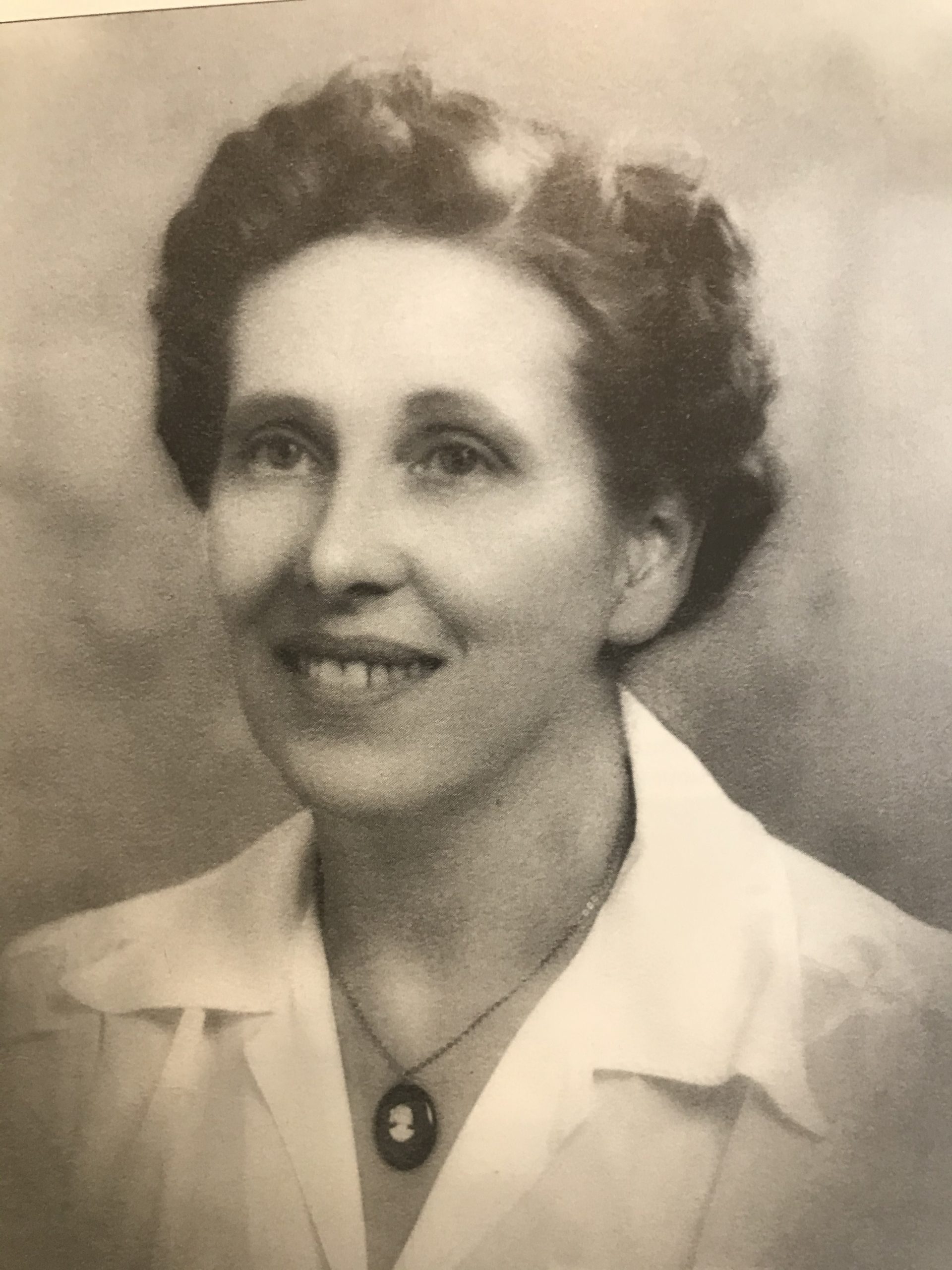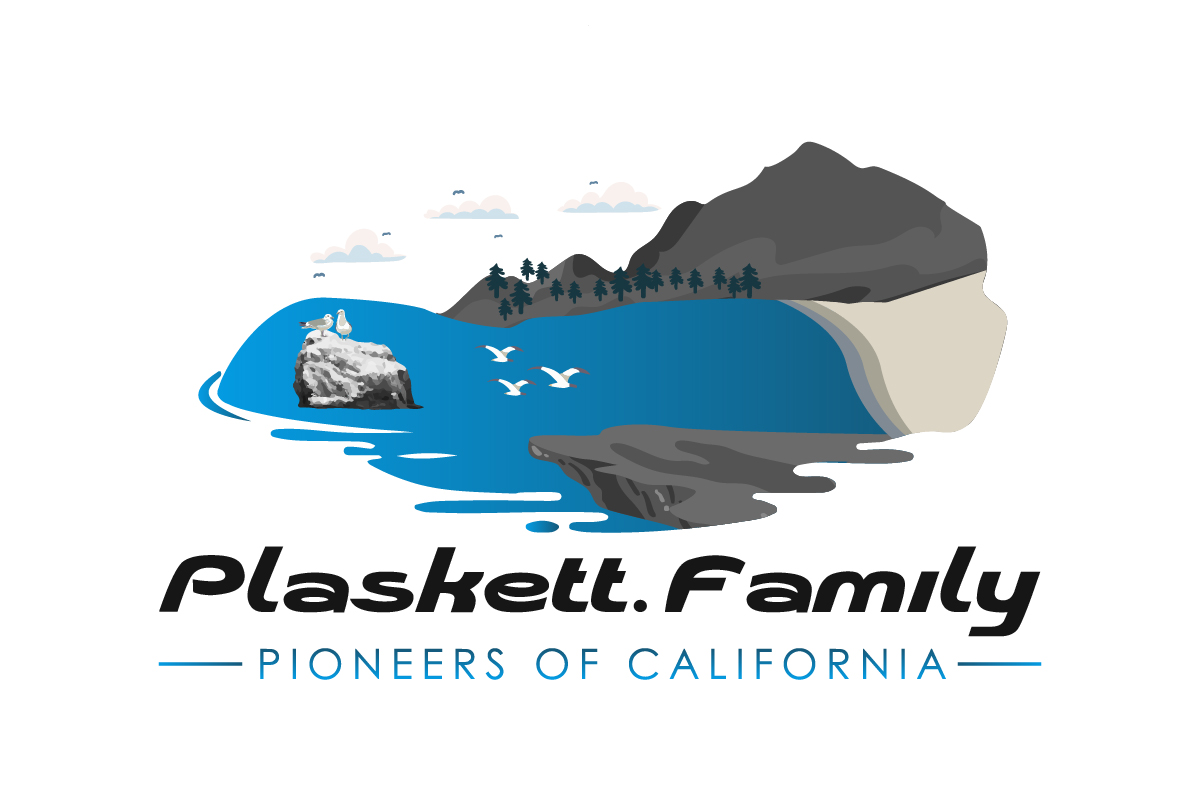Jolon Remembered as Thriving Community on Camino Real
By Mabel Plaskett
When Governor Gaspar de Portola made his first expedition northward in 1769, he led his party up the coast as far as San Carpojo where the rugged Santa Lucia mountains drop abruptly into the sea. Here they turned inland over the mountains “encountering great hardships” to the Nacimiento river where they camped. Pressing on over a slight ridge they came to the San Antonio river with its many oak trees and Portola called the valley “Los Robles”. They were probably the first white men to visit this valley and Gov. Portola noted the number of Indians and recommended it as a favorable site for future missions.
At this time Jolon was an Indian settlement and in July 1771 three padres came from Monterey to establish the third mission, San Antonio de Padua. These were Father Serra, Father Sitjar and Father Pieras. All through the years of the mission rule many Indians lived at the settlement of Jolon five miles away. Their huts and camp fires could be seen along Jolon Creek where tules grew in the marshes.
Some people say the name of Jolon means a marshy swamp. Others say it means “hold up” and still others say it was the name of an Indian tribe. It is pronounced “Holone.”
On Sunday most of the Indians went to the Mission for masses and many of them went to live in the Mission for masses and many of them went to live in the Mission. One wonders what went on in the little village between the time of Gaspar de Portola and the actual settling of white men in Jolon.
During the Spanish occupation of California many large land grants were made to those in the Governor’s favor. In the Jolon country there were four such grants:
1. The Rancho Los Milpitas — (Little Gardens)
2. Rancho San Miguelito — (Little St. Michael)
3. Rancho El Piojo — (The Louse)
4. Rancho Los Ositos — (The Little Bears)
California was under Mexican rule from the time of the Mexican revolution led by Miguel Hidalgo in 1810 until 1846. September 16 (Mexican Independence Day) was celebrated in Jolon for nearly 100 years. This was a real fiesta. For three days before the celebration Spanish speaking people streamed into Jolon. They came on horseback, wagons and in early days in ox carts. They made camps along the creek when the smell of tamales and enchiladas filled the air. Toward sundown the band tuned up with Trinidad Bojorques playing the cornet, Jose Maria Carabajal, the violin and Manuel Rojas the flute. The American flag was raised followed by the Mexican flag while a great chorus of “Viva Mexico” rent the air.
Over 2,000 merrymakers gather at these fiestas to honor Miguel Hidalgo. Great crowds went to mass at the Mission on the morning of the 16th. It was a colorful parade. Everyone wore fiesta clothing, flowers and ribbons. The horses were rubbed until they shone, the saddles, bridles and martingales glistening with silver.
The ranchers each gave two or three steers for the barbecue and everyone cooked something. In the afternoon they had games and cock fights and horse races. The grand ball started at sundown and lasted until sunrise. Then everyone went home tired out, but happy.
The 16th of September was a big day. The last fiesta was in 1908.
Jolon is on the old mission trail, the original Camino Real and in its heyday boasted of two hotels, a blacksmith shop, a Chinese laundry, a livery stable and three or four saloons.
The old Dutton Inn was built by Antonio Ramirez of Monterey in about 1860 during the stage coach days. The adobe bricks were made by the Mission Indians from the adobe mud close at hand and dried in the hot summer sun. The hotel met the needs of all travelers as well as the miners and early settlers on the coast.
In time Ramirez sold to a man named Bowen who sold it to John Lee H. C. Dodge bought the Inn from Lee and in 1876 Lieutenant George Dutton and friend Captain Tidball took the place over and completely remodeled it into a spacious two storied hotel and store. Later Tidball established a store and hotel at the other end of town and George Dutton and his family managed the old Inn until 1929 when it was sold to Hearst.
The Dutton Inn was the center of social life in the community and many famous people enjoyed its hospitality. After the death of George and Deborah Dutton their son Edwin ran the hotel in the same friendly hospitable manner. Ed Dutton was noted for his courtesy and good manners.
Here also was born and reared Marno Dutton who later married George Thompson. Jolon has always been her first love and she cherishes many early memories.
In 1879 St. Luke’s Episcopal church was built in Jolon. Reason and Robert Plaskett came out from Pacific Valley on the coast side to build it. The beautiful stained glass windows were sent over from England by Sir Smythe-Piggott, Alice Dutton’s husband. The first Vicar was the Rev. McGowan who lived near Jolon for many years. The little church has been active ever since with the exception of a few years. Children of all denominations attended Sunday school. At present the church has a fine attendance and is flourishing. The Rev. Arthur Freeman is the pastor for Jolon as well as San Ardo.
Each year the St. Luke’s Guild puts on a barbecue, its one big fund raising event. This year it will be held Sunday, May 5th. Sirloin steak, Spanish beans, salsa, salad and homemade pies are offered. This is a lovely time to visit Jolon. The fields are a carpet of colorful wild flowers and the early summer sun shines brightly.
The once lively town is a ghost of its past glory. The famous old Dutton Inn is crumbling, Tidballs hotel later known as Duck’s store, is in a sad state with leaking roof and many old buildings are completely gone. Shady cypress trees mark the site of an old dwelling across Jolon Creek.
St. Luke’s Church with its new guild hall presents a brighter picture, an oasis in the old ghost town. On a new location, not far away, Ramona (Duck) Sutfin carries on, running a general store in a new building called “Mission Store”.
The old San Antonio Mission five miles away is completely restored and flourishing. Hunter Liggett Army Military Reservation has its headquarters at the old Milpitas ranch having taken over the Hearst holdings in 1940. So the little town of Jolon has seen well over a hundred years of changes from an Indian settlement to a thriving trading post, now slowly going backward it will soon be truly a “ghost town.”

Mabel Sans Plaskett was born in Coralitas near Ben Lomond in the Santa Cruz Mountain area of California. Her father Edward Robert Sans ran a saw mill near Pacific Valley, along the Nacimiento – Ferguson road to the coast at Highway One. It was there she met Edward Abbott Plaskett, her husband. Mabel wrote about the coast and the pioneers of the 19th and 20th Centuries.

Recent Comments